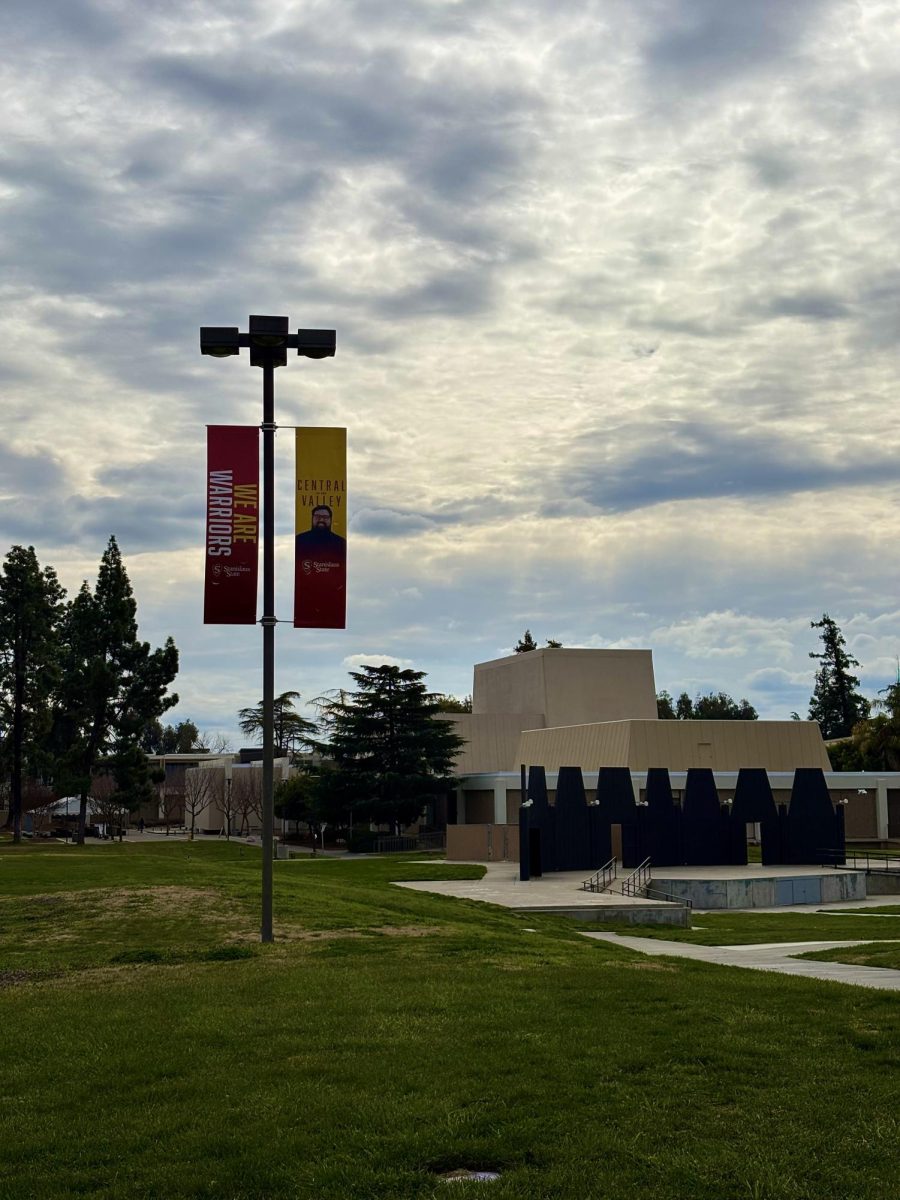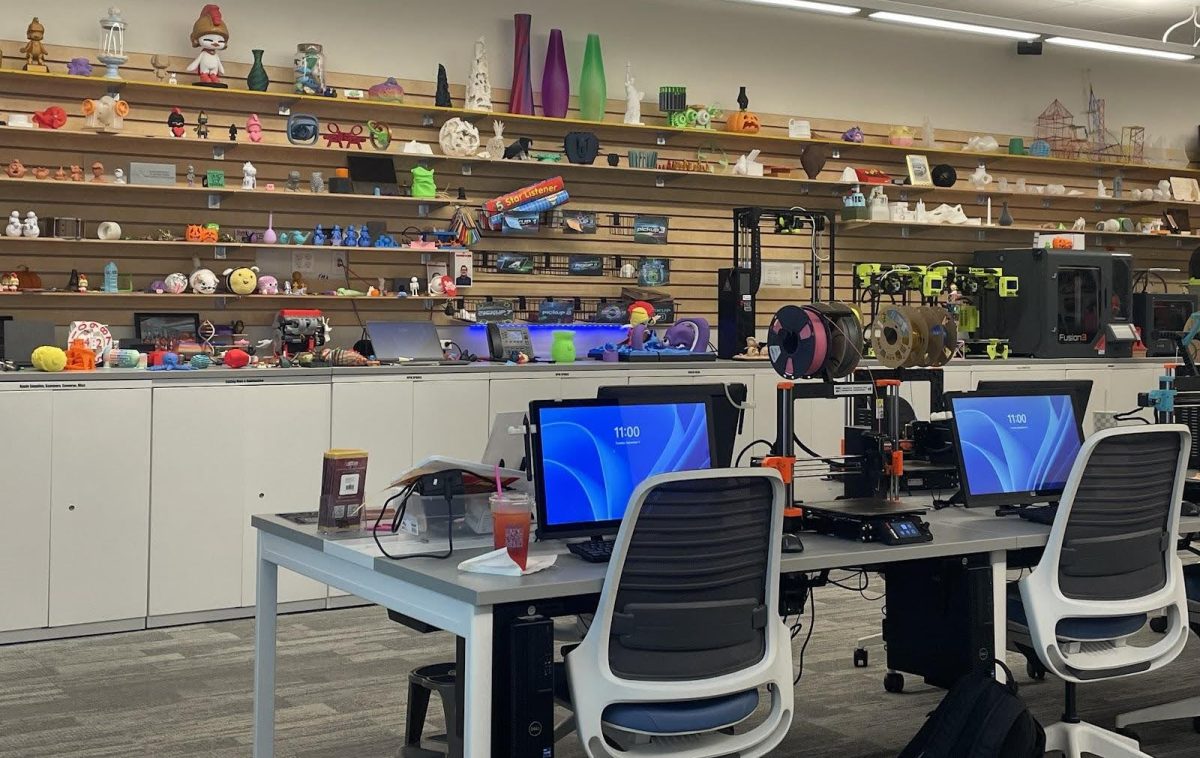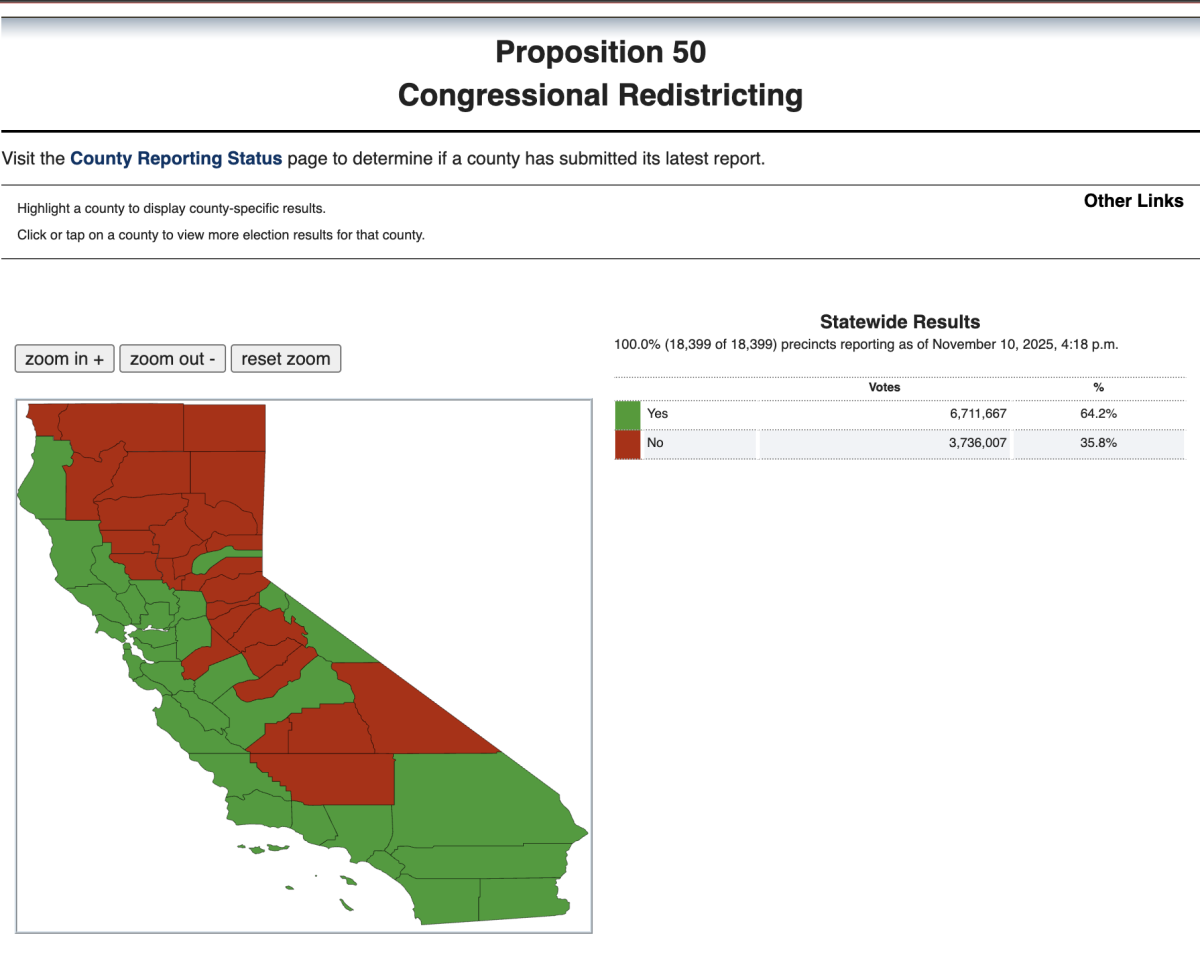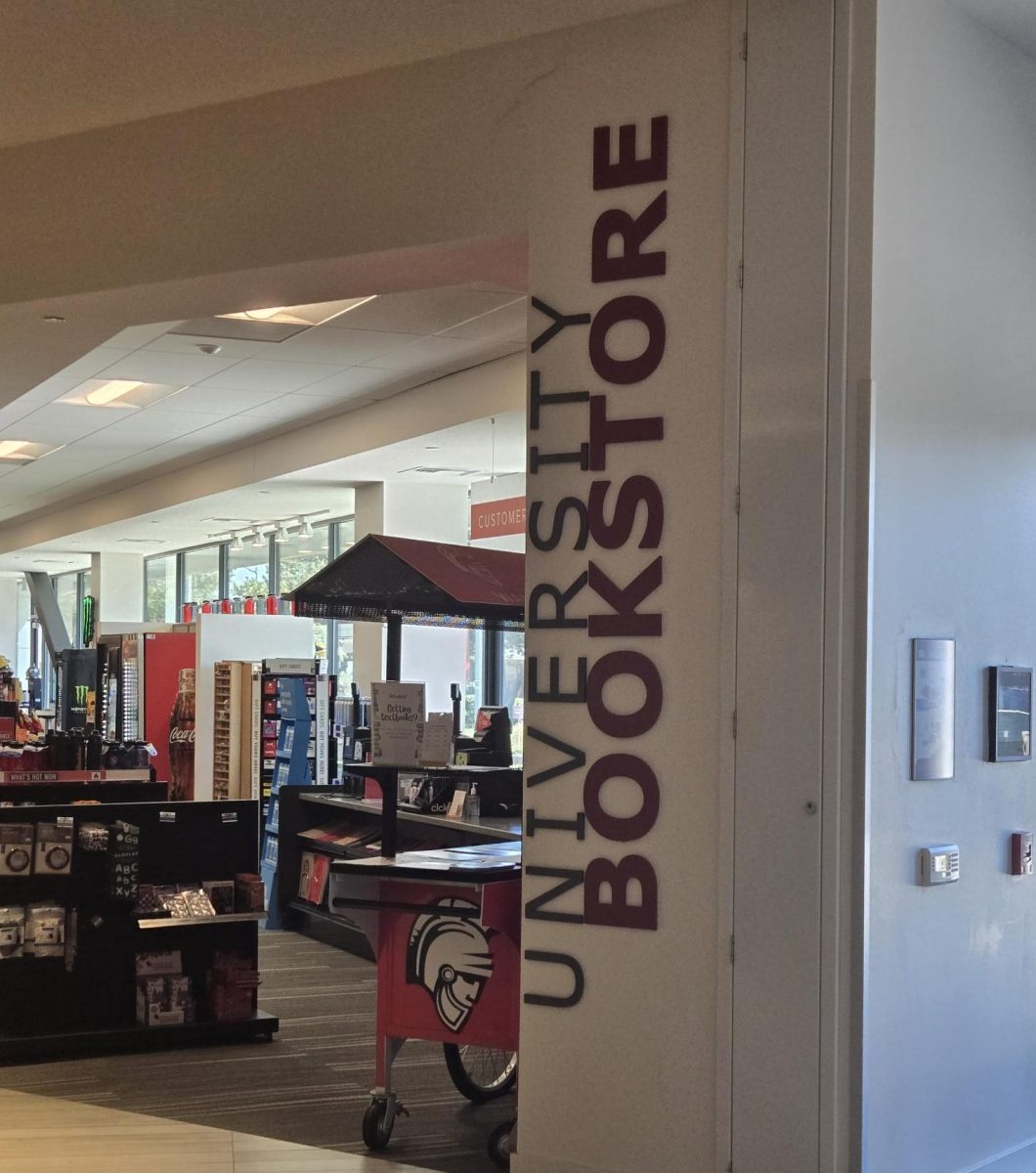Over the past few years, CSU Stanislaus has experienced a decline in undergraduate enrollment.
Maura Gatch (Associate vice president for strategic enrollment management) attributed the drop to external factors such as the COVID-19 pandemic and lower high school graduation rates.
“The pandemic was a huge one,” Gatch said. “I think that was kind of life-altering for many people and that affected higher education.”
However, she noted that the past two semesters have shown positive trends in both undergraduate and graduate enrollment.
During the pandemic, Stan State paused outreach efforts due to public health restrictions. According to Gatch, the university has since resumed those efforts and is actively re-engaging with local schools and community colleges across the state.
“We made over 320 different enrollment visits just in the fall alone — sharing the importance of education, the value of Stan State, and the impact that Stan State has,” she said.
Gatch said high school graduation rates have declined compared to previous decades.
“This has kind of been known it was coming,” she said. “We are now responding to that external factor.”
To address these challenges, Gatch said the university launched a family engagement series.

“We’re starting to look at not just recruiting our prospective students but engaging their families in the decision-making process,” she said. “Families play such an important role in making that decision.”
The series targets middle and high school students and their parents, teaching them how to prepare for college. Gatch also noted that Stan State is removing enrollment deposits, which can be a barrier for many students.
“We’re really looking at how we can expand access to education with the goal of continuing to increase enrollment,” she said. “Our faculty and provost in academic affairs are reviewing our program offerings and ensuring that we are providing the best education to our current and incoming students.”
Gatch described current students as the university’s “best marketers” to help increase enrollment rates.
“If anybody wants to become a student investor, a road warrior, or just share their experience, that’s what they can do to help,” she said.
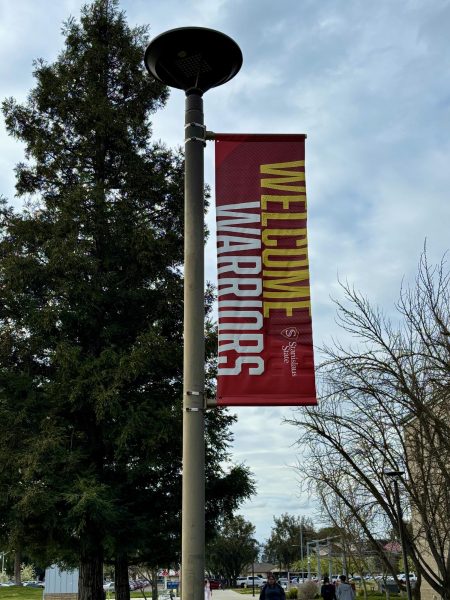
She also emphasized the importance of campus events, such as the recent Warrior Expo, in promoting the university.
“Our student clubs and orgs did a phenomenal job,” she said.
She invited student clubs and organizations to participate in Warrior Welcome on April 26th to help celebrate admitted students and give them a glimpse into Warrior Life.
Deyanira Zapata (Junior, Psychology) said she has been aware of the enrollment decline for the past few years.
“I’m worried that our low enrollment rates will lead to our fundings being cut and tuition being increased,” she said.
According to Gatch, tuition rates are not directly impacted by enrollment. What is affected is the amount of revenue generated by the university.
Kristna Stamper (Director for communications and creative services), said, “We make our budget decisions with student success at the focus … and those decisions are being made by university leadership with student success in mind.”
Rose McAuliffe (Vice president for business and finance/CF), provided a written statement addressing the university’s efforts to support students, social mobility and regional economic growth.
“Stanislaus State is actively exploring and implementing strategies to diversify revenue sources — examples of this effort include sharing services with other CSU campuses; exploring opportunities for long-term leasing; seeking partnerships with local hospitals and businesses; offering space and services rentals for events; selling IPv4 (internet protocol version 4) addresses; and utilizing solar farms. We are also continuing to expand partnerships with local high schools and community colleges to strengthen the pipeline of incoming students, and invest in community partnerships. One reality remains clear: When Stan State thrives, the Central Valley thrives,” McAuliffe said.
With low undergraduate enrollment rates, some classes may see reduced registration, which could lead to cancellations. Recent budget cuts have already led to reduction in course offerings. Combined, these factors could significantly impact students’ education.
As previously reported in the May 12, 2025, article “University Cabinet responds to budget concerns as faculty, staff oppose cuts,” Dr. Jey Strangfeld said reducing course availability may harm students with inflexible schedules. Strangelfed also warned that reduced campus funding could lead to increased tuition and fees, potentially adding to student debt.


